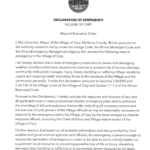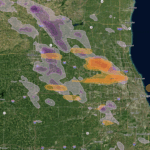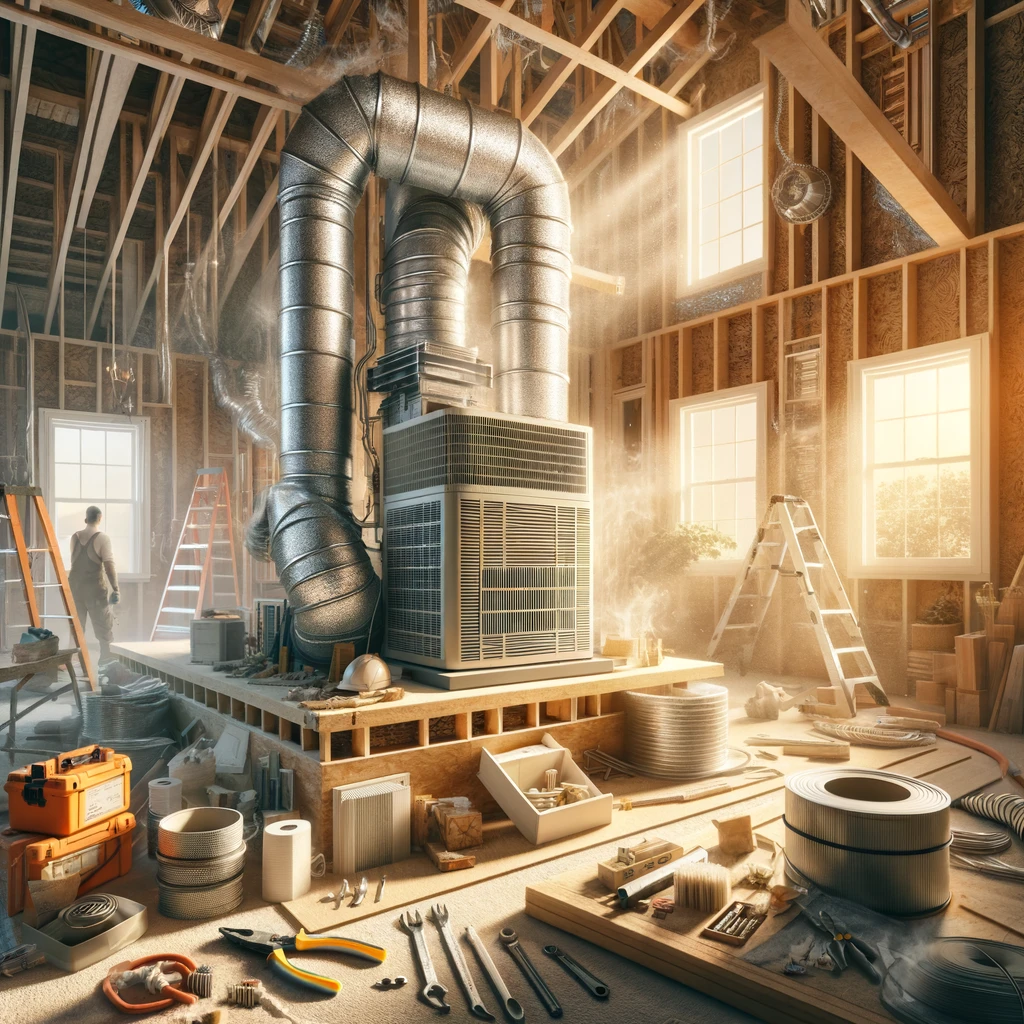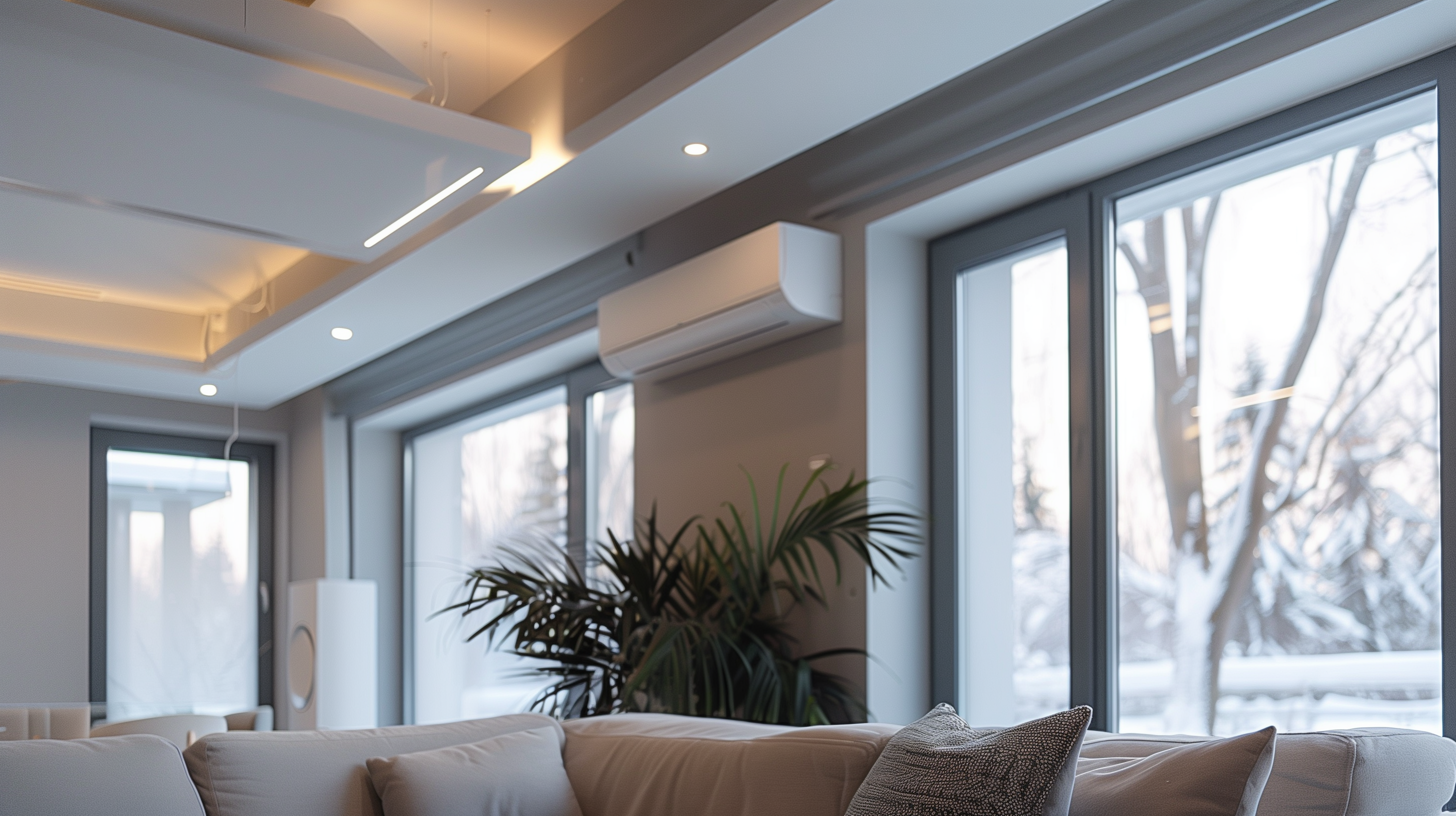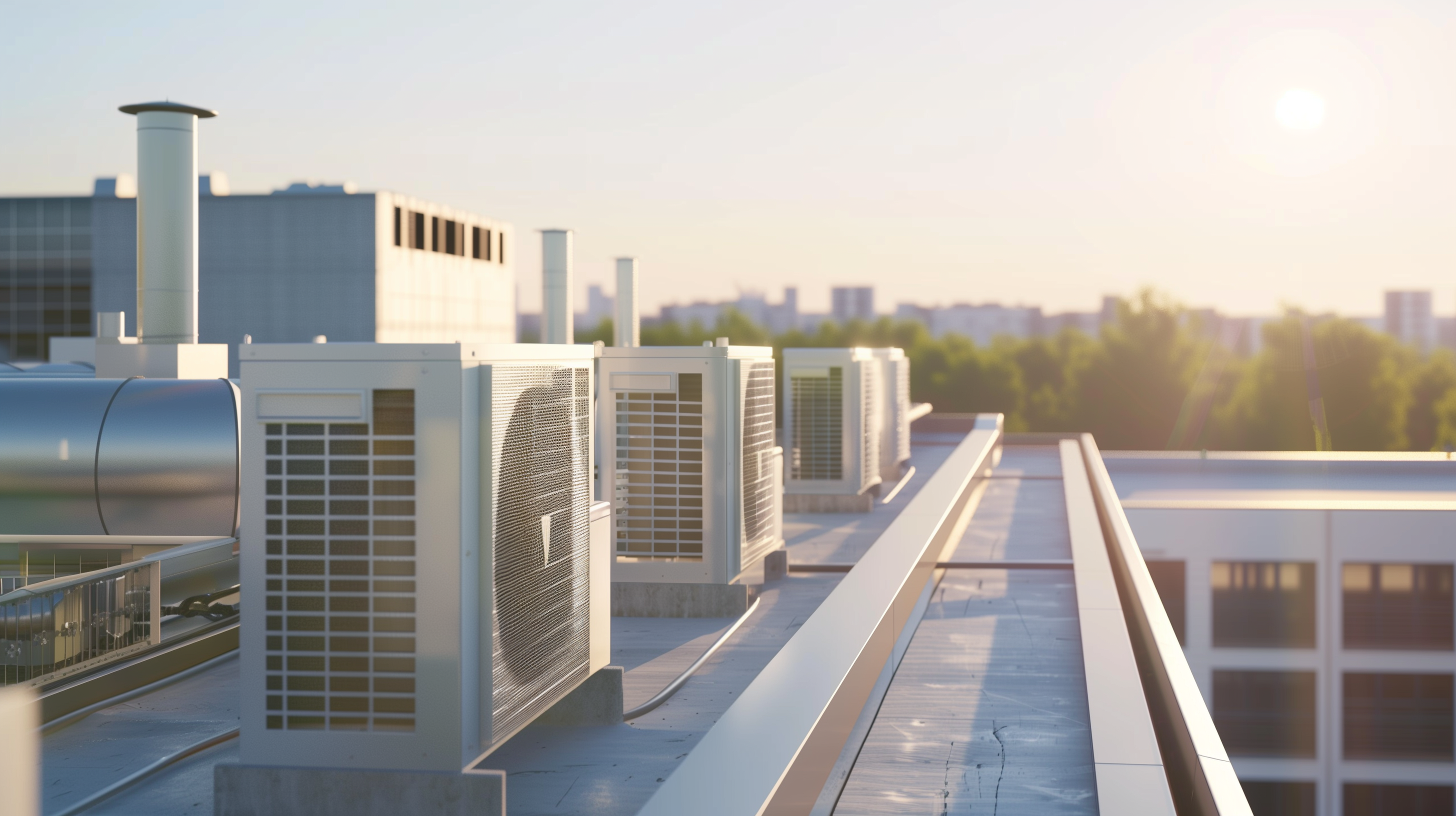Construction and remodeling projects can generate significant dust and debris, which, if not properly managed, can contaminate air ducts and HVAC equipment. Maintaining clean and dry air ducts is crucial for the efficiency and indoor air quality of your HVAC system. In this guide, we’ll provide a comprehensive overview of how to protect and clean your air ducts during and after construction.
Scope:
- Assess the need for replacing or upgrading the HVAC system.
- Review the guide “Pre-Retrofit Assessment of Combustion Appliances” to ensure safe conditions exist when upgrading or replacing combustion appliances during energy-efficiency upgrades.
Assessment:
- The typical lifespan of HVAC equipment is 15 to 20 years. Assess whether repairs, upgrades, or expansion are needed.
- Ask the HVAC contractor to create a plan to protect ducts and equipment during installation.
- Inspect ducts before installation to ensure they’re free of oil or debris.
- Store ducts and equipment in a clean, dry environment before installation.
- Avoid operating the HVAC system during construction to prevent dust from entering.
Replacement:
- Replacement of HVAC equipment can lead to energy cost savings and improved comfort.
- Use utility bills, equipment costs, and efficiency ratings to estimate energy savings.
- Consider alternative HVAC systems like air source heat pumps for improved efficiency and comfort.
- Cover HVAC air handlers and duct openings with plastic until construction is complete.
- After construction, clean ducts using a vacuum and pneumatic brushing system designed for duct cleaning.
Repair/Upgrade:
- Proper maintenance and commissioning of equipment can enhance performance.
- Refer to the Air Conditioning Contractors of America (ACCA) for guidance on design, installation, and maintenance.
- Useful documents from ACCA include Standard 5, Standard 9, Standard 4, and Standard 6.
- Inspect and repair faulty ductwork to improve system performance.
Success:
- Old furnaces and boilers with asbestos should be remediated according to EPA guidelines.
- Preventive measures can minimize debris in ducts.
- Maintain a clean job site during construction.
- Create a duct and equipment protection plan with the HVAC contractor.
- Inspect new flexible ducts to ensure they’re free of oil or debris.
- Store HVAC equipment in a clean, dry environment.
- Avoid operating the HVAC system during dust-producing construction activities.
- After construction, seal duct ends and clean ducts using appropriate tools.
Tools and Equipment for Cleaning Ducts
- Vacuum cleaner with soft bristle brush and HEPA filter.
- Cable-driven or pneumatic brushing systems.
- Pressurized compressed air for cleaning.
- NIOSH-approved respirators, nitrile gloves.
How to Clean Flexible Ducts (by HVAC professionals)
- Clean tools and equipment before use.
- Operate cleaning equipment according to manufacturer’s guidelines.
- Turn off HVAC system and seal duct ends.
- Wear appropriate protective gear.
- Vacuum ducts starting from return air intakes.
- Vacuum the inside of ducts outward from the air handling unit.
- Replace filters in the air handling unit.
- Wet-clean registers, diffusers, or grilles.
Keeping Air Ducts During Remodeling and Additions
When considering retrofitting activities that may generate significant dust or debris, especially in the case of extensive remodeling or building addition projects, it is essential to take measures to protect the existing air distribution system:
- Turn Off Central HVAC: Turn off the central HVAC system during retrofitting activities to prevent the circulation of dust and debris throughout the system.
- Close and Cover Registers: Close and cover both supply and return registers to prevent the entry of construction debris into the ductwork.
- Duct Openings and Registers: If new ducts are being installed as part of a retrofit or upgrade project, keep the duct openings and duct registers covered until all construction work is completed. Before reactivating the HVAC system, thoroughly vacuum out any debris that may have entered the ducts during construction.
- Spray Foam Insulation: If the duct system is being prepared for the addition of spray foam insulation to seal connections or insulate register boots, refer to the Standard Workforce Specifications for guidance.
- Injected Spray Sealant: If the duct system is being prepared for the addition of Injected Spray Sealant to reduce overall system leakage, consult the BASC Guide: Injected Spray Sealant for Existing HVAC Ducts for detailed instructions and recommendations.
When conducting retrofitting activities, whether small or extensive, it’s crucial to follow best practices and precautions to maintain indoor air quality and prevent contamination:
- Dust and Debris Control: Construction activities can generate dust and debris even on a smaller scale. Therefore, it is advisable to turn off the HVAC system and cover all nearby duct system inlets and outlets before commencing any remodeling or construction work within the home. This proactive approach helps prevent contamination of the HVAC system.
- Preventive Measures: Unlike new construction, many components of the existing HVAC system are already concealed behind architectural and finish materials. As such, prevention remains the primary and most effective method to control contamination.
Additions
For additions to an existing HVAC distribution system, it’s essential to coordinate protective measures and cleanup activities in a manner similar to new construction projects. Additionally, when adding spaces to the existing system, adhere to the guidelines provided in ACCA Manual D. Furthermore, consider providing a schematic of the layout to the homeowner for future reference.
Existing Buildings
In cases involving existing buildings, refer to the “Assessment of Existing HVAC Systems” section for guidance on evaluating whether a flawed duct design may contribute to poor HVAC system performance. It’s important to note that clogged filters and elbows due to debris accumulation are common causes of reduced HVAC system efficiency.
By implementing these retrofit-specific precautions and following recommended practices, you can ensure that your retrofitting projects maintain good indoor air quality and optimize HVAC system performance.
Compliance with Codes and Standards
DOE Zero Energy Ready Home (Revision 07):
- Exhibit 1 Mandatory Requirements.
- Exhibit 1, Item 1: Certified under the ENERGY STAR Qualified Homes Program or the ENERGY STAR Multifamily New Construction Program.
- Exhibit 1, Item 6: Certified under EPA Indoor airPLUS.
EPA Indoor airPLUS (Revision 04):
- Section 4.2 Duct System Design and Installation: Either cover duct openings throughout construction to protect from construction debris or vacuum out ducts thoroughly prior to installing registers, grilles, and diffusers (see Specification 7.1).
- Section 7.1 HVAC and Ductwork Verification: Inspect ductwork before installing registers, grilles, and diffusers to verify it is dry and substantially free of dust or debris. If duct openings were not covered during construction, thoroughly vacuum out each opening prior to installing registers, grilles, and diffusers. After all dust-producing construction activities are complete (e.g., drywall, trim carpentry, floor sanding), verify HVAC filters are new, clean, and meet specified MERV rating (see Specification 4.7).
Please refer to the specific code sections mentioned above for detailed and precise compliance requirements.
Maintaining clean and dry air ducts during construction is essential for a well-functioning HVAC system and indoor air quality. By following these guidelines and taking preventive measures, you can minimize the impact of construction debris on your HVAC system and enjoy improved comfort and energy efficiency.
For immediate service or consultation, you may contact us at Allied Emergency Services, INC.
Contact Information:
- Phone: 1-800-792-0212
- Email: Info@AlliedEmergencyServices.com
- Location: Serving Illinois, Wisconsin, and Indiana with a focus on the greater Chicago area.
If you require immediate assistance or have specific questions, our human support is readily available to help you.
Disclaimer: This article is intended for informational purposes only. For professional advice, consult experts in the field.
